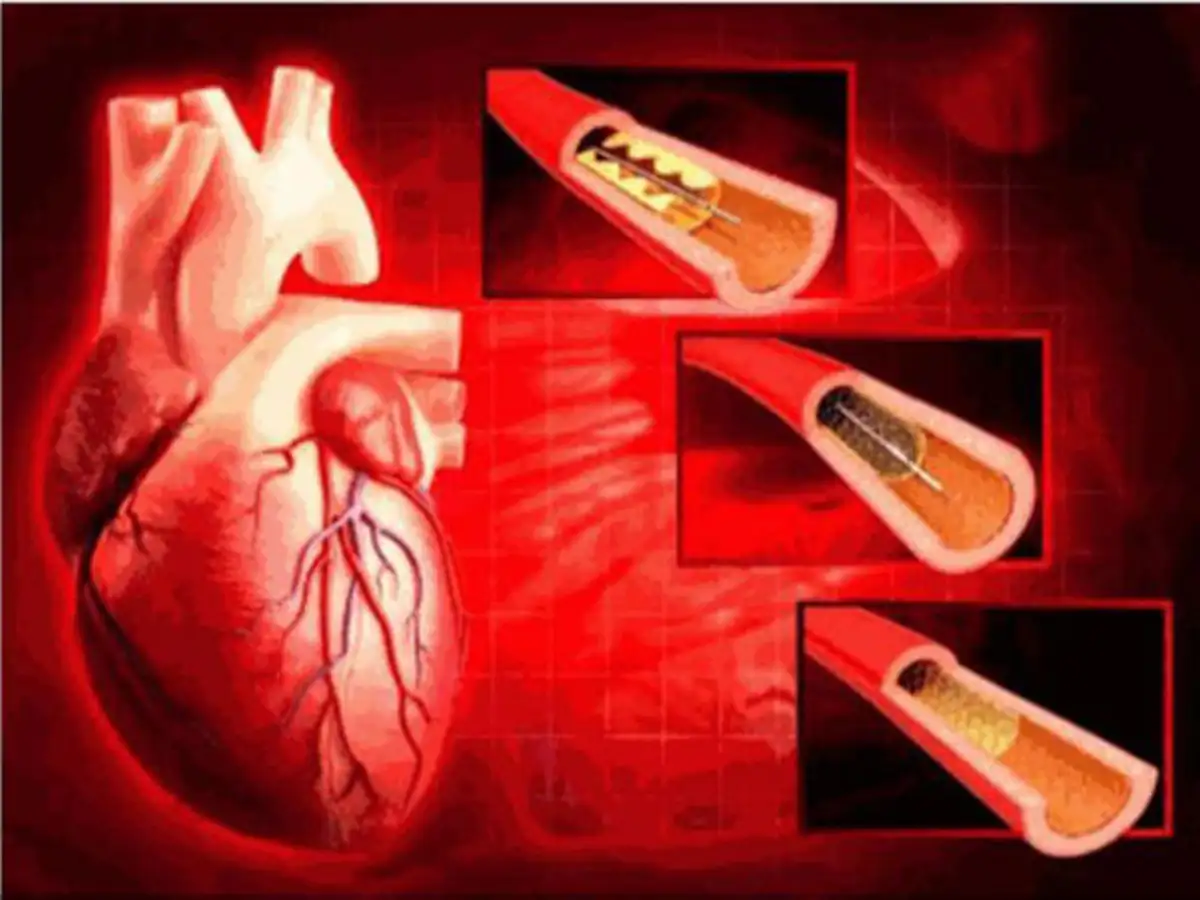19 Dec 2025
Age Specific Related to Psoriasis in Amritsar


Dr. Harinder K Bali
22 May 2025
Call +91 80788 80788 to request an appointment.
When it comes to treating coronary artery disease, understanding the differences between stenting and bypass surgery is crucial. These two procedures aim to restore blood flow to the heart but do so through different methods. Both have unique advantages and considerations that patients should be aware of when discussing their treatment options with their cardiac healthcare provider. Here at Livasa Hospitals, we prioritize patient education to facilitate informed decisions about heart care.
Coronary artery disease (CAD) is characterized by the narrowing or blockage of the coronary arteries, which supply blood to the heart muscle. This condition can lead to serious complications such as heart attacks or heart failure if left untreated. The narrowing is often caused by atherosclerosis, where fatty deposits, cholesterol, and other substances accumulate on the artery walls. Factors contributing to CAD include:
Recognizing these risk factors is vital for early diagnosis and intervention. Patients experiencing symptoms such as chest pain, shortness of breath, or fatigue should consult with a heart specialist.
Stenting is a minimally invasive procedure often performed during an angioplasty. The goal of stenting is to open narrowed or blocked arteries to improve blood flow to the heart. A stent is a small, mesh tube that is inserted into the artery to keep it open after treatment. The procedure involves the following steps:
The benefits of stenting include:
However, stenting might not be suitable for all patients, particularly those with multiple blockages or complex heart issues. Always consult with your healthcare team for the best course of action based on your specific condition.
Bypass surgery, formally known as coronary artery bypass grafting (CABG), is a surgical procedure that redirects blood around blocked coronary arteries. This is accomplished using a graft, which is typically a healthy blood vessel taken from another part of the patient's body. Here is how the procedure is generally carried out:
Bypass surgery is indicated in cases where stenting is not effective, especially when:
While bypass surgery can provide significant relief and improvement in symptoms, it is more invasive and typically requires a longer recovery period than stenting.
| Criteria | Stenting | Bypass Surgery |
|---|---|---|
| Invasiveness | Minimally invasive | Invasive surgery |
| Recovery Time | 1-3 days | 1-2 weeks |
| Suitable for | Single blockages, less complex cases | Multiple blockages, complex cases |
| Long-term Outcome | Less effective for multi-vessel disease | Durable results and effective long-term relief |
When deciding between stenting and bypass surgery, patients should consider several factors:
Consulting with a cardiac care expert at Livasa Hospitals can help clarify these considerations and tailor a treatment plan to your specific cardiac needs.
National and international studies have shown that both stenting and bypass surgery can lead to successful outcomes for patients with coronary artery disease.
These statistics illustrate that while both treatments are effective, they serve different populations best, and a thorough evaluation of individual cases is necessary.
Regardless of the chosen method, effective post-surgery care is critical to recovery. Here are some general guidelines for both stent and bypass surgery recovery:
Making lifestyle changes can greatly enhance your recovery process and minimize the risk of future cardiovascular issues. Regular follow-up visits to your healthcare provider will ensure that your heart health is closely monitored.
The decision between stenting and bypass surgery should be made in consultation with a qualified cardiac care specialist. Each treatment has its advantages and risks, making it imperative to tailor the approach to individual patient needs. Livasa Hospitals is committed to providing comprehensive care and guidance throughout every step of your heart treatment journey.
If you or someone you know is experiencing symptoms of coronary artery disease or needs further information on heart treatments available in Punjab, don’t hesitate to book an appointment or contact us at +91 80788 80788. Our dedicated team of cardiac surgery experts will work with you to find the right solution for your heart health.
Understanding your options for treating coronary artery disease is the first step towards a healthier life. Livasa Hospitals is here to support you in making informed decisions about your heart health. For personalized care and expert services, schedule your consultation today.
+91 80788 80788
Livasa Healthcare Group Corporate Office,Phase-8, Industrial Area, Sector 73, Sahibzada Ajit Singh Nagar, Punjab 160071
livasacare@livasahospitals.in
| Mohali | +91-99888 23456 |
| Amritsar | +91-99887 49494 |
| Hoshiarpur | +91-99883 35353 |
| Nawanshahr | +91-75081 82337 |
| Khanna | +91-98888 05394 |